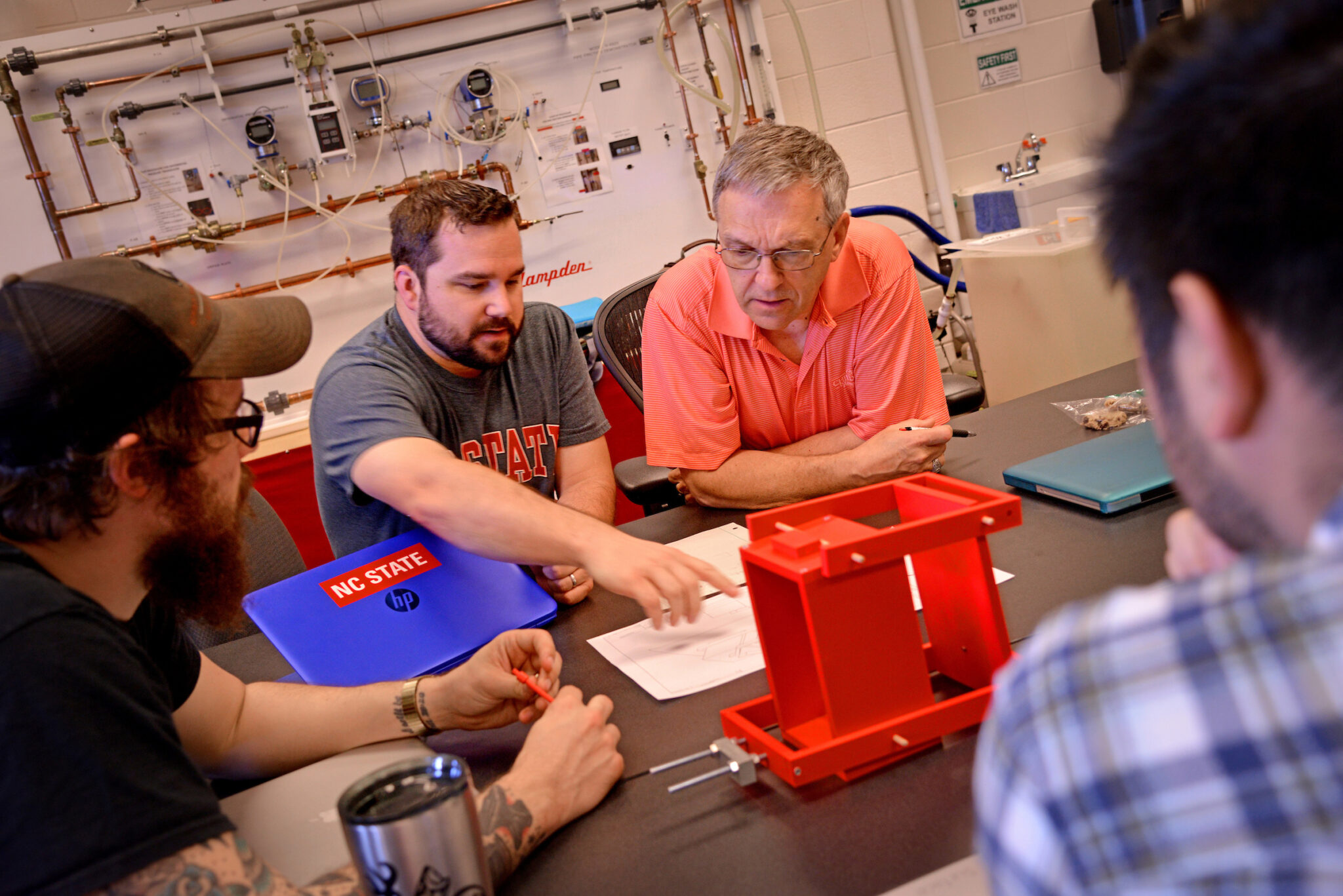Priority Areas in the NSF and DOE FY 2021 Budget Requests

The FY 2021 budget requests for both the National Science Foundation (NSF) and the Department of Energy (DOE) have been released. Each budget identifies research priority areas for the coming year and beyond.
NSF is looking to support the Nation’s long-term economic and national security by focusing on priority areas that support industries of the future. For the FY 2021 NSF budget, additional funding has been requested in the following priority areas: 1) Quantum, 2) Artificial Intelligence and Machine Learning, 3) 5G/Advanced Wireless, and 4) Future of Work at the Human-Technology Frontier. These priority areas will play a significant role in advancing potential industries of the future, as well as in identifying new transformative technologies found through the basic research NSF supports. Here is a breakdown of how the FY 2021 budget request in these priority areas could impact upcoming NSF research funding.
Quantum. NSF has requested additional funding for Quantum Information Science to support the Quantum Leap Challenge Institutes currently under competition as well as a new round to be competed in FY 2021.
Artificial Intelligence (AI) and Machine Learning. NSF plans to increase the budget for AI research, workforce development in AI, access to data and computing infrastructure, and public-private partnerships. Much of this additional funding would go to support the AI Institutes that were recently under competition, as well as an additional round of Institutes to be competed in FY 2021. NSF may also expand the NSF Research Traineeships to include a new track on AI training.
5G/Advanced Wireless. NSF plans to initiate a new effort focused on innovations in electromagnetic spectrum management and utilization. NSF has an active solicitation to establish a Spectrum Innovation Institute that will focus on spectrum research going beyond 5G, the Internet of things, and other existing or forthcoming technologies, including an efficient use and sharing of the radio spectrum. NSF’s FY 2021 request also includes the creation of new National Radio Dynamic Zones for testing of dynamic spectrum utilization, and to enhance other education and integration activities.
Future of Work at the Human Technology Frontier. Additional funding in the NSF priority area of Future of Work at the Human Technology Frontier is expected to include planning and coordination grants (through Dear Colleague Letters) for future centers or institute-sized grants in FY 2021 and beyond.
The FY 2021 budget request for DOE identifies two priority areas for increased investment that overlap with NSF – Quantum Information Science and AI – as well as a third priority area, Microelectronics. Here is a breakdown of how the FY 2021 budget request in these priority areas could impact DOE research funding in the year to come.
Quantum Information Science. To support core fundamental research projects in quantum information science across all Office of Science programs, DOE looks to fund new National Quantum Centers that will be awarded in the summer of 2020. DOE also looks to increase funding in Quantum in order to support a new initiative to build a national quantum internet.
AI. The FY 2021 budget request proposes to nearly double the investment in AI. Focus areas would include: 1) improving the robustness, reliability, and transparency of machine learning and big data tools; 2) advancing uncertainty quantification; and 3) developing software tools to more tightly couple simulation, data analysis, and AI for DOE missions.
Microelectronics. DOE plans to increase investments in microelectronics in order to support DOE missions in energy, the environment, and national security. Increased funding in this area would expand materials research, device physics, design and fabrication, computer engineering of micro-architectures, and computer science and applied mathematics to meet the needs of data intensive and edge computing.
- Categories:


